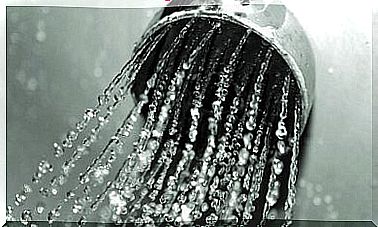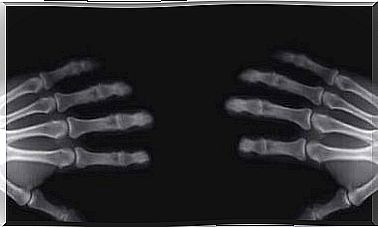Heat Stress, What Does It Consist Of?

Thermal stress is defined as the heat load to which workers are exposed. It is the result of the combination of environmental conditions in the workplace, the physical activity they must perform and the clothes they wear to be able to do the job.
That is, heat stress refers to a problem in the workplace. It is not a simple effect of heat on workers, but is defined as the cause of a series of negative consequences for the body, produced by an accumulation of heat.
It’s a situation that gets worse in hotter times. So in this article, we’ve explained everything you need to know about heat stress.
What is heat stress?
There are numerous jobs, such as in furnaces or foundries, in which employees are subjected to high temperatures. In others, they must exert significant physical exertion or wear protective equipment that causes heat to build up.
The truth is that in all of them, workers are at risk of accumulating excessive heat, which poses a significant health risk. By increasing body temperature, regulatory mechanisms are implemented; the highlights are sweating or vasodilation of the blood vessels in the skin.
When these conditions occur, the body may have trouble lowering its temperature. If the temperature exceeds 38°C, it can cause harm to health. If it continues to climb, it could even cause death.
The severity of the effects of heat stress varies depending on certain factors. The ones that most influence are:
- The age and health of the worker.
- The time it was exposed to high temperatures.
- Lack of rest.
- Some medications, such as antihistamines or anxiolytics. It also influences whether the worker consumes alcohol or drugs.
- Clothes and the workplace.
- Lack of acclimatization. It is the process by which the body adapts to its environment and temperature. As it is relatively slow, it is recommended to carry out a progressive acclimatization. Ideally, it should last between one and two weeks.

What can cause heat stress?
Thermal stress can increase the risk of accidents at work. In addition, if the employee already has some pathology, it can be aggravated. At first, as the temperature increases, the person usually feels a feeling of choking or dizziness.
Heat also causes headaches, poor concentration and memory disturbances. It can even cause mood swings. Thus, if the elevated temperature is maintained, it may occur:
- Dehydration, with all that this implies (dryness, tachycardia, reduced urine, etc.).
- Muscle cramps.
- Syncope and fainting.
- Skin rashes.
- Exhaustion and nausea.
However, the biggest complication is heat stroke. It is an urgent situation characterized by tachycardia and confusion. Also, breathing becomes rapid and shallow. The person may pass out and their temperature may exceed 40°C.

How can we avoid it?
As we mentioned, all of these problems arise from the accumulation of heat in the body. Also, as it is an employment situation, it is very important that the company and the workers are aware. Everyone must take steps to try to avoid this problem.
First, it is necessary to ensure that good heat acclimatization has been carried out. Furthermore, the work rate needs to adapt to these temperatures. You should try to do shade work.
If this is not possible, it is advisable to carry out the task during the cooler hours of the day. Therefore, work should be avoided between 2 and 5 pm. It’s also a good idea to set shifts for employees.
The ideal is to take frequent breaks and in cool places. In addition, you need to hydrate yourself properly throughout the day. Meals should be light and, of course, alcohol should be avoided.
To complete
If this is not possible, try to reduce heat build-up. Wearing proper clothing, protecting your head and hydrating properly are essential measures. Likewise, you should take enough breaks and regain your strength in cool places.









